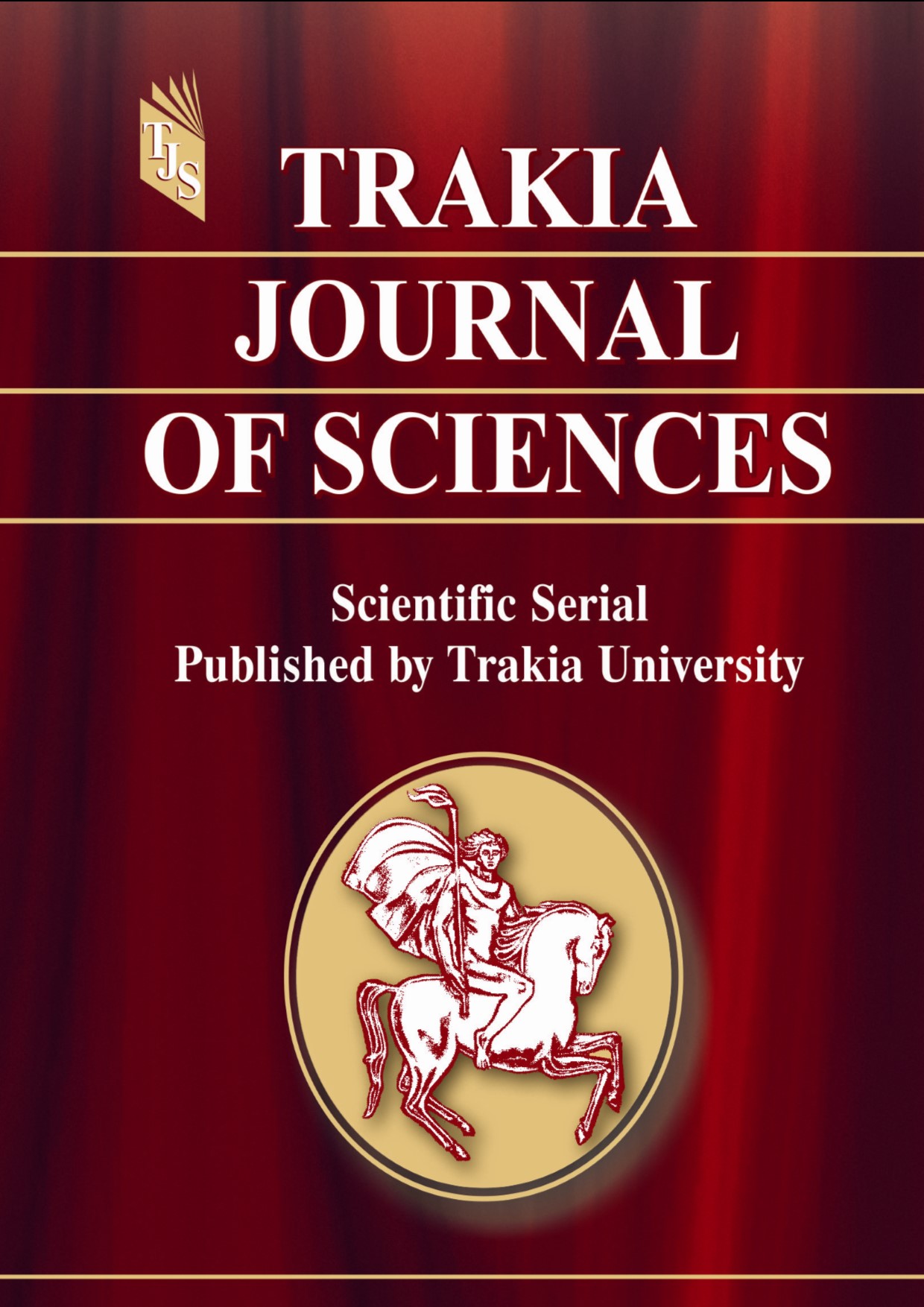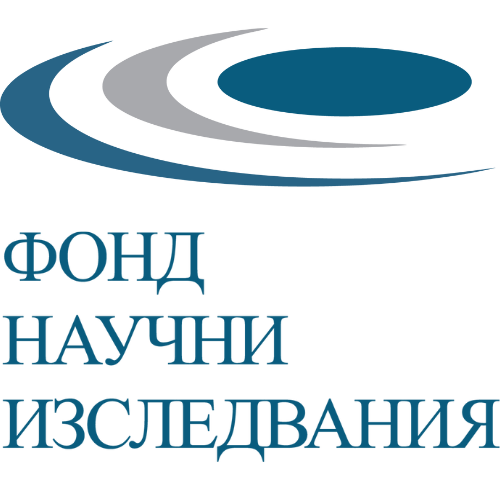ASSESSMENT OF PUPILS' VISUAL ART EXPRESSION THROUGH THE USE OF CREATIVE TECHNOLOGIES AND STRATEGIES IN VISUAL ART EDUCATION
DOI:
https://doi.org/10.15547/tjs.2024.s.01.012Keywords:
Visual art educational strategies, contemporary visual technologies, multimedia, teaching processes in primary schools, visual art literacyAbstract
This study addressed research problem to examine the use of creative technologies and strategies in
the subject visual art education in primary schools in Kosovo.
The main purpose was to provide methodological standards adequate to the new generation of learners (pupils in grades 1-5 in primary education) towards achievement of visual art literacy. We created an educational program with systematical approach in the use of contemporary visual art technologies and strategies and conducted in the elementary urban and rural schools (500 pupils from 1-5 grade were engaged and 22 primary school teachers).
Research presents strategies and data gained by the approaches in the defining the evaluation of pupil's visual artistic expression in both – experimental and control groups of pupils. Evaluation critera implemented were:- Conducted works of art in different visual art techniques
Criteria - variety
- Degree of realization of the visual art solution
Criteria – understanding of visual art language and visual art technique
- Degree of clarity of the artistic idea
Criteria – the USE of visual art language and visual art technique
- Quality of connecting the idea with the creative technology
Specially created research instruments (questionnaires for pupils and teachers, tests for examining visual art literacy and art portfolio for evidencing each pupil`s achievements), showed that implementation of contemporary visual art technologies, multimedia and educational strategies have the significant influence in developing visual art literacy among primary school pupils. Conclusion based on quantitative and qualitative analyzes presents that the use of new learning strategies in visual art education can support primary school pupils to gain knowledge, skills and to develop critical thinking.
References
Grau, O. (2016, May 26). Oxford Bibliographies. Retrieved from Oxford Bibliographies Online: https://www.oxfordbibliographies.com/view/document/obo-9780199920105/obo-9780199920105-0082.xml
Edmonds, L. C. (2002, August). Interaction in Art and Technology. Retrieved from https://crossings.tcd.ie/issues/2.1/Candy/
TATE. (n.d.). DIGITAL ART. Retrieved from Digital art is a term used to describe art that is made or presented using digital technology: https://www.tate.org.uk/art/art-terms/d/digital-art
Bamford, A. (2003). The Visual Literacy White Paper. Australia: The Visual Literacy White Paper. Retrieved from The Visual Literacy White Paper.
Barrett, T. (2002). Interpreting art: Reflecting, wondering, and responding. Ohio: The Ohio State University.
Cherry, K. (2021, june 10). Jean Piaget Quotes. Retrieved from Jean Piaget Quotes: https://www.verywellmind.com/jean-piaget-quotes-2795116
Edmonds, L. C. (2002, August). Interaction in Art and Technology. Retrieved from https://crossings.tcd.ie/issues/2.1/Candy/
Eisner, E. (2008, November). What Education Can Learn From the Arts. p. 25.
Grau, O. (2016, May 26). Oxford Bibliographies. Retrieved from Oxford Bibliographies Online: https://www.oxfordbibliographies.com/view/document/obo-9780199920105/obo-9780199920105-0082.xml
HOUSEN, A. C. (2001-2002). Æsthetic Thought, Critical Thinking. Retrieved from https://citeseerx.ist.psu.edu/viewdoc/download?doi=10.1.1.467.3752&rep=rep1&type=pdf
TATE. (n.d.). DIGITAL ART. Retrieved from Digital art is a term used to describe art that is made or presented using digital technology: https://www.tate.org.uk/art/art-terms/d/digital-art

Downloads
Published
Issue
Section
License
Copyright (c) 2025 Trakia University

This work is licensed under a Creative Commons Attribution-NonCommercial 4.0 International License.


